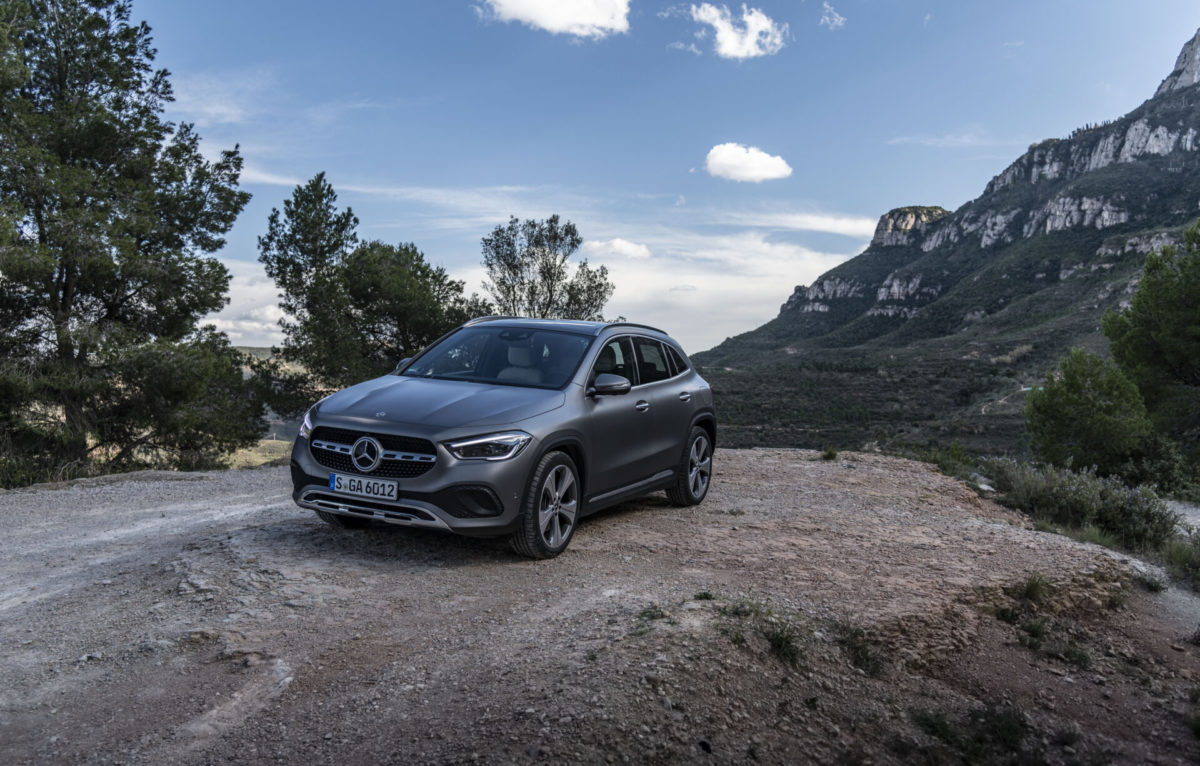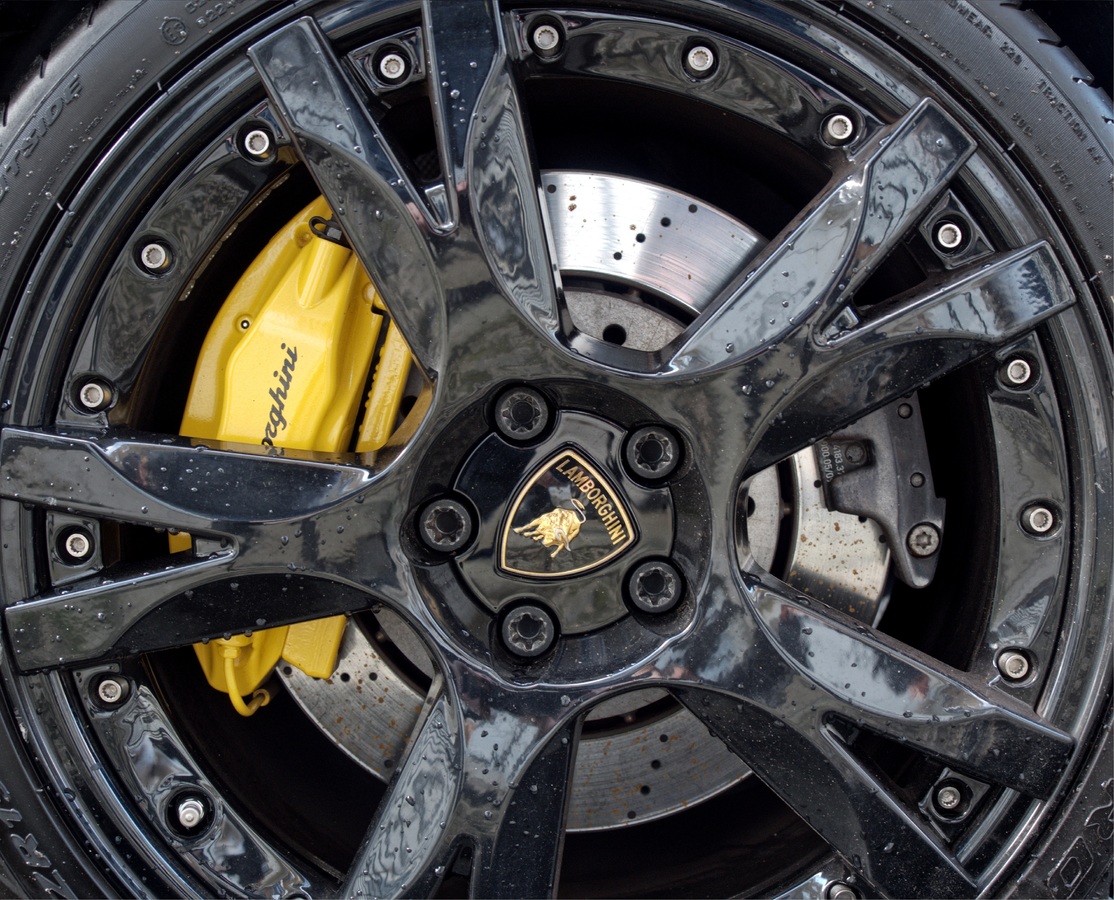At a Glance: Meet the Mercedes-Benz GLA
Mercedes-Benz has taken the wraps off its biggest, most luxurious GLA to date. Vuyi Mpofu attended the media presentation of the new GLA and shares a bird’s-eye-view of what the vehicle has to offer.
Mercedes-Benz has taken the wraps off its biggest, most luxurious GLA to date. South African customers will be able to choose from the GLA 200 and the GLA 200d.
With powerful and efficient four-cylinder engines, the latest driving assistance systems with cooperative driver support and the MBUX infotainment system with intuitive operation, the new model has all the strengths of the current generation of compacts from Mercedes-Benz.
The GLA 200’s 1332cc engine puts out 120kW and 250Nm of torque, with combined fuel consumption of 6.0-5.7 1/100 km. The GLA 200d’s 1950cc diesel engine generates 110kW and 320Nm of torque, with a combined fuel consumption of 5.2-4.9 l/100 km.
Self-assured and dynamic exterior design
The GLA features powerful overall proportions, with powerful shoulders coupé-like lines, giving the car a dynamically elegant flair. The doors reach over the sills, thereby improving ease of access, keeping the door frames (and the occupants’ trousers) free of dirt.
The rear lights are in two parts, with the reflectors positioned separately in the bumper. The makes it possible to open the load compartment wider, making loading easier and the rear end appear wider. As with the other Mercedes-Benz SUV models, the radiator grille features distinctive openings, with a single louvre and a central star.
Contemporary and high-quality interior
The instrument panel on the driver’s side is dominated by a free-standing display unit, which is available with two 7-inch displays (17.78 cm), a 7- and 10.25-inch display (26 cm) and, in the Widescreen version, with two 10.25-inch displays.
The five round ventilation outlets feature a high-quality turbine look, and the door centre panel flows seamlessly over into the armrest.
Included as standard is the intuitively operated MBUX infotainment system (Mercedes-Benz User Experience). The system can be individually configured, and features a powerful computer, brilliant screens and graphics, customisable presentation, full colour head-up display, optional navigation with augmented reality, learning software, and voice control activated with the prompt ‘Hey Mercedes’.
Bigger interior, more functionality
The front seating positions are higher and more upright than before, and thus all-round visibility has been improved. The rear seats can be optionally adjusted by 14 centimetres, making room for such items as bulky boxes. There is still plenty of room for one or two people in the rear since these backrest variants come with a 40:60 split. The rear seat back rest can be can be split 40:20:40, with each section folding down individually.
The height-adjustable load floor, which comes as standard, offers considerable variability. When the rear seat backrests are folded down and the load floor is in the upper position, an almost flat loading area extending to the front seats can be created. For very bulky objects, the load floor can be put in the lower position, the cross member behind the rear seats can be removed and the rear seats with optional fore/aft adjustment can be moved forward.
Keeping an eye on the surrounding traffic
Driving assistance systems have also been enhanced in the new GLA and if you opt for the optional Driving Assistance Package, features include turning manoeuvre function, emergency corridor function, exit warning, pedestrian warning, Active Distance Assist Distronic, Active Steer Assist, Active Speed Limit Assist, route-based speed adjustment, evasive steering assist, active lane-keeping assist, active blind-spot assist, active brake assist, traffic sign assist and pre-safe plus which detects a potential rear impact.
Blind Spot Assist warns of vehicles, including bicycles, in the danger area – even when the vehicle is stationary. Traffic Sign Assist recognises posted speed limits and no-overtaking signs, and when selected, gives a signal when the speed limit is exceeded. No-entry restrictions are also recognised.
New car wash function
The GLA is the first model in its class to feature a car wash function: with just one command, the exterior mirrors are folded in and the side windows and sliding roof closed. The climate control switches to air-recirculation mode and, after a few seconds, the front image from the 360° camera (if fitted) is displayed to assist the driver when driving into the car wash. These settings are automatically deactivated when the driver drives out of the car wash.
The two GLA models at a glance:
| GLA 200d | GLA 200 | ||
| Engine | 1950 cc/L4 | 1332cc/L4 | |
| Transmission | automatic | 8G-DCT | 7G-DCT |
| Output | kW | 110 | 120 |
| at | rpm | 3400-4400 | 5500 |
| Max. torque | Nm | 320 | 250 |
| at | rpm | 1400-3200 | 1620 – 4000 |
| Combined fuel consumption | l/100 km[1] | 5.2-4.9 | 6.0-5.7 |
| Combined CO2 emissions | g/km[1] | 133 | 137 |
| Acceleration 0- 100 km/h | s | 8.9 | 8.7 |
| Top speed | km/h | 205 | 210 |
We’ll be in a better position to give a more in-depth review of the new Mercedes-Benz GLA once we have had it on test in the new year.
Priced from:
GLA 200: R 674 000-00
GLA 200d: R 710 000-00




